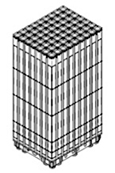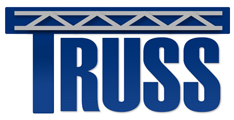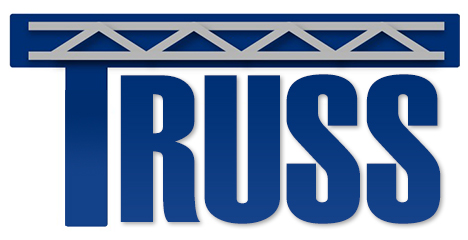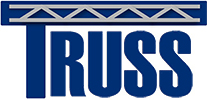 ESR3: Reduction of uncertainty in design of free standing nuclear spent fuel rack
ESR3: Reduction of uncertainty in design of free standing nuclear spent fuel rack
- Host: Equipos Nucleares S.A. (ENSA)
- Address: Engineering, Av. Juan Carlos I, 8, Maliaño, 39600.
- Country: Spain
- Main Supervisor: Luis Costas
- Fellow: Alberto González Merino
The desire to meet the requirements of an increasingly energy-hungry world without the carbon emissions associated with fossil-fuel-fired power plants brings nuclear energy into consideration. According to the World Nuclear Association, 502 additional nuclear reactors are expected to be operational by 2030. Depending on the nuclear reactor design, removal of a quarter to a third of the nuclear fuel elements in the reactor is approximately every 12 to 24 months. The spent fuel elements are kept in wet storage pools until they are sufficiently cooled to permit them to be transferred to alternative dry intermediate storage or reprocessing sites.
As part of ENSA activities in the nuclear power field, the design of racks to store nuclear spent fuel in pool is encompassed. Since the rack installation is in a dangerous (radioactive) environment with difficult access, the design is oriented to make it as easy and quick as possible. So the modern ‘Free Standing’ (just resting on pool floor) concept is promoted. To calculate forces and the sliding probability under water during earthquakes, a non-linear transient dynamic with direct integration, using powerful computers, is required.
Several approaches have been used to date, but some dispersion of results still exists. As a result, the regulatory authorities are requiring an evaluation of the uncertainties in the methodology that TRUSS will address.
In an initial phase, the dependence between structure mathematical model precision, the ANSYS direct integration solver type used, the several integration parameters involved in equation resolution and the uncertainty of results will be established. In a 2nd phase of collaboration with UCD, ANSYS results will be compared to other finite element (FE) code results to validate methodology, allowing a better knowledge of uncertainties inherent to FE code. In a 3rd phase, a statically sensibility analysis, using ANSYS, to input data, as friction coefficients, would be encompassed. In a final phase, ENSA would try to validate FEM results with test of full or scaled racks in collaboration with partners.
This project involves a secondment of some months to University College Dublin (UCD) (supervised by Dr. Gonzalez). ENSA uses ANSYS FE code for evaluating the response of a free standing nuclear spent fuel rack. One source of uncertainty is derived from the dispersion of results by different FE packages/approaches. The ESR will use a different FE package and supercomputer facilities in UCD to estimate the uncertainty associated to these simulations. The ESR has also gained expertise in uncertainty analysis via another secondment in Phimeca Engineering (supervised by Dr. Yalamas).
You can follow blog and publications by ESR3 below.



